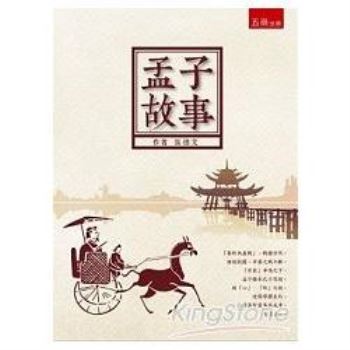When discussing wages, historians have traditionally concentrated on the level of wages, much less on how people were paid for their work. Important aspects were thus ignored such as how frequently were wages actually paid, how much of the wage was paid in non-monetary form - whether as traditional perquisites or community relief - especially when there was often insufficient coinage available to pay wages. Covering a wide geographical area, ranging from Spain to Finland, and time span, ranging from the sixteenth century to the 1930s, this volume offers fresh perspectives on key areas in social and economic history such as the relationship between customs, moral economy, wages and the market, changing pay and wage forms and the relationship between age, gender and wages.
| FindBook |
有 1 項符合
Experiencing Wages: Social and Cultural Aspects of Wage Forms in Europe Since 1500的圖書 |
 |
Experiencing Wages: Social and Cultural Aspects of Wage Forms in Europe Since 1500 作者:Scholliers 出版社:Berghahn Books 出版日期:2004-07-01 語言:英文 規格:平裝 / 292頁 / 22.9 x 15.2 x 1.5 cm / 普通級 |
| 圖書館借閱 |
| 國家圖書館 | 全國圖書書目資訊網 | 國立公共資訊圖書館 | 電子書服務平台 | MetaCat 跨館整合查詢 |
| 臺北市立圖書館 | 新北市立圖書館 | 基隆市公共圖書館 | 桃園市立圖書館 | 新竹縣公共圖書館 |
| 苗栗縣立圖書館 | 臺中市立圖書館 | 彰化縣公共圖書館 | 南投縣文化局 | 雲林縣公共圖書館 |
| 嘉義縣圖書館 | 臺南市立圖書館 | 高雄市立圖書館 | 屏東縣公共圖書館 | 宜蘭縣公共圖書館 |
| 花蓮縣文化局 | 臺東縣文化處 |
|
|
圖書介紹 - 資料來源:博客來 評分:
圖書名稱:Experiencing Wages: Social and Cultural Aspects of Wage Forms in Europe Since 1500
|











